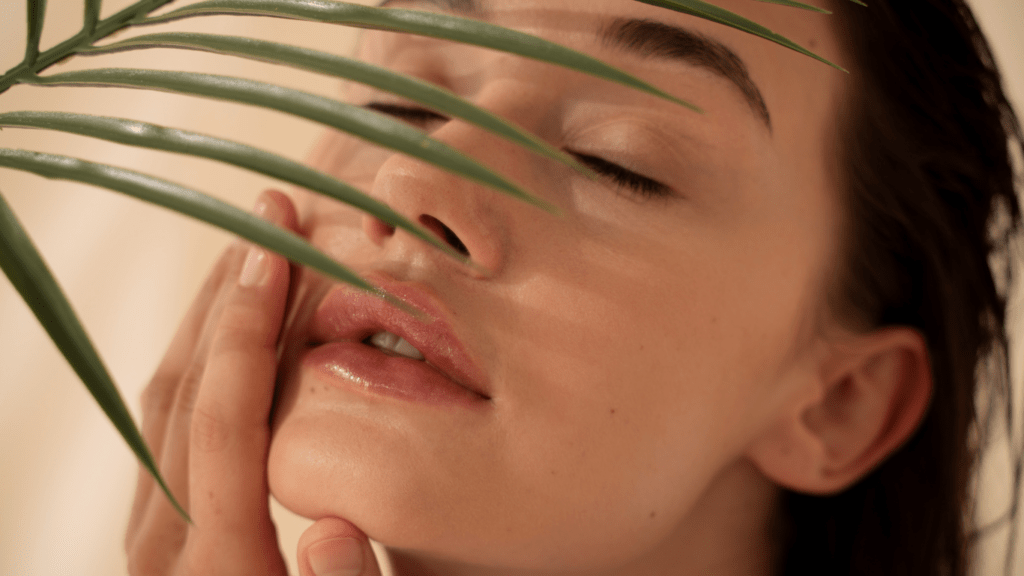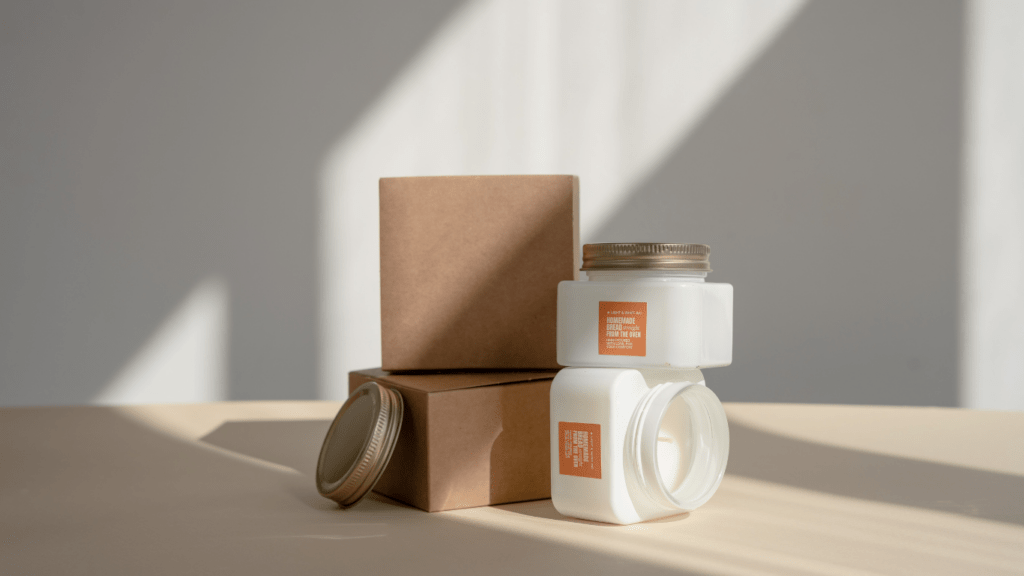Understanding Clean Beauty
Clean beauty is more than a trend; it’s a revolution transforming the beauty industry. To grasp its impact, let’s break down the fundamentals.
Definition and Principles
Clean beauty refers to products created without potentially harmful ingredients. These formulations avoid synthetic chemicals, parabens, sulfates, and phthalates. Products often include natural alternatives like:
- essential oils
- plant extracts
- minerals
Brands emphasize transparency, providing complete ingredient lists and sources.
History and Evolution
The clean beauty movement gained traction in the early 2000s. Brands like Drunk Elephant and Tata Harper pioneered this shift, addressing consumer concerns about product safety. Over the years, larger brands adopted these principles, expanding the availability of clean options. By 2020, clean beauty became mainstream, driving the industry towards more ethical, sustainable practices.
Today, clean beauty continues to evolve, incorporating advancements in green chemistry and sustainable packaging.
The Benefits of Natural Ingredients

Natural ingredients offer a range of benefits that align with the values of clean beauty. They support skin health and safety and have a positive environmental impact.
Skin Health and Safety
Natural ingredients reduce the risk of skin irritation and allergies. Unlike synthetic chemicals (e.g., parabens or sulfates), naturally-derived components (like aloe vera and chamomile) soothe and nourish sensitive skin. For instance, plant-based oils (like jojoba and argan) mimic the skin’s sebum, providing hydration without clogging pores. These ingredients have been used in traditional medicine for centuries, confirming their efficacy and safety.
Environmental Impact
Natural ingredients are often sustainably sourced, minimizing environmental harm. Unlike synthetic substances (usually derived from petroleum), natural ingredients have a smaller carbon footprint. Examples include ingredients like shea butter and coconut oil, which are harvested using eco-friendly methods. Additionally, byproducts are biodegradable, reducing long-term ecological impact compared to synthetic options. Sustainable farming practices further ensure that sourcing does not deplete natural resources.
Key Natural Ingredients in Clean Beauty
Clean beauty harnesses the power of natural ingredients to offer safe and effective alternatives to conventional beauty products. Key components include essential oils, plant extracts, and mineral-based products.
Essential Oils
Essential oils provide multiple benefits in clean beauty formulations. Lavender oil soothes sensitive skin and reduces redness. Tea tree oil treats acne with its antibacterial properties. Chamomile oil calms irritation and alleviates inflammation. These oils, extracted from natural sources, cater to various skin needs without synthetic additives.
Plant Extracts
Plant extracts serve as powerful agents in clean beauty products. Aloe vera hydrates and cools the skin, making it ideal for soothing sunburn or irritation. Green tea extract contains antioxidants that protect against free radicals and skin aging. Calendula extract promotes healing and reduces inflammation, making it suitable for sensitive or damaged skin. These extracts demonstrate the potency and safety of natural ingredients.
Mineral-Based Products
Mineral-based products offer non-toxic options for clean beauty routines. Zinc oxide and titanium dioxide provide effective sun protection without harmful chemicals like oxybenzone. Kaolin clay absorbs excess oil and purifies the skin, making it beneficial for those with oily or acne-prone skin. Mica and iron oxides deliver natural pigments for makeup, offering safe alternatives to synthetic dyes. Using these minerals ensures both efficacy and safety in beauty applications.
By focusing on these natural ingredients, clean beauty products deliver effective solutions while prioritizing health and sustainability.
Industry Shift Towards Clean Beauty
The beauty industry has embraced a shift towards clean beauty, focusing on natural, sustainable ingredients.
Market Trends and Statistics
The clean beauty market has seen substantial growth. In 2020, it was valued at $5.4 billion and is expected to reach $11.6 billion by 2027 (Source: Statista). Consumers increasingly seek transparency and sustainability in their beauty products. A survey conducted by dermatologists in 2021 found that 76% of participants consider natural ingredients important when purchasing skincare. Social media platforms have also accelerated this trend, with hashtags like #cleanbeauty and #naturalbeauty collectively amassing over 100 million posts.
Major Brands Leading the Way
Several brands have emerged as frontrunners in the clean beauty movement. Drunk Elephant, founded in 2013, offers a range of products free from “the Suspicious Six” (essential oils, drying alcohols, silicones, chemical sunscreens, fragrances/dyes, and SLS). Tata Harper, established in 2010, focuses on farm-to-face beauty with formulations made from raw plants. Another significant player, RMS Beauty, launched in 2009, prioritizes non-toxic, organic makeup using food-grade, biodegradable ingredients. These brands are setting benchmarks for quality and transparency, pushing the industry towards cleaner, safer beauty standards.
Consumer Behavior and Preferences
Consumers increasingly seek transparency and natural ingredients in beauty products, reflecting a shift in behavior and preferences.
Growing Demand for Transparency
Shoppers prioritize transparency in product formulations. Ingredient lists that are easy to understand drive purchase decisions. Brands sharing sourcing practices gain consumer trust. This trend favors smaller brands adhering to transparent practices.
Influence of Social Media and Advocacy
Social media platforms, particularly Instagram, raise awareness about clean beauty. Hashtags like #cleanbeauty and #naturalbeauty connect users with like-minded communities. Influencers and activists advocate for non-toxic products. They help shift consumer preferences towards natural ingredients through authentic endorsements and reliable information.
Challenges and Criticisms
Clean beauty’s rise isn’t without challenges and criticisms. Concerns about regulation, certification, and misleading labels are paramount.
Regulation and Certification
The regulation of clean beauty products presents significant hurdles. While agencies like the FDA regulate cosmetics, they don’t specifically define “clean” or “natural.” This creates inconsistencies across brands. Without uniform standards, consumers struggle to discern what qualifies as clean beauty. Certification programs exist, but they vary in stringency, adding to the confusion.
Misleading Labels and Greenwashing
Misleading labels and greenwashing are critical issues in the clean beauty industry. Some brands exploit the clean beauty trend, using terms like “natural” and “organic” without substantial backing. This practice, known as greenwashing, misleads consumers into believing products are safer or more environmentally friendly than they are. It undermines consumer trust and creates skepticism toward genuinely clean brands.
Future of Clean Beauty
The clean beauty trend shows no signs of slowing down. Projections indicate that consumer demand for natural ingredients and sustainable practices will continue to shape the industry’s future landscape.
Advancements in Natural Formulations
Developments in clean beauty formulations are revolutionizing the market. Cosmetic chemists are discovering new natural preservatives, such as radish root ferment, to replace synthetic ones. Brands are also harnessing plant-derived actives like bakuchiol, a natural alternative to retinol, for anti-aging benefits. These innovations promise safer, more effective products.
Predictions and Emerging Trends
- Several trends are emerging within the clean beauty sector.
- Refillable packaging systems are gaining traction, reducing waste and promoting sustainability.
- Biotech ingredients, such as lab-grown botanicals, are becoming popular for their purity and environmental benefits.
- Market analysts predict an increase in transparent, third-party certifications, addressing the current regulation challenges and bolstering consumer trust.
- Tech advancements like AI-driven personalized beauty routines are also set to make waves, offering tailor-made solutions based on individual skin profiles.



 Luxury Travel & Lifestyle Contributor
Rose Boucher brings her love for glamorous travel destinations and luxury living to Glam World Walk. As a lifestyle writer, Rose captures the essence of exotic locations and exclusive experiences, offering readers a taste of the world’s most luxurious getaways. Her expertise in finding hidden gems, coupled with a deep understanding of fashion and culture, adds a unique flair to the site’s content, making her a trusted voice for those seeking elegance in every adventure.
Luxury Travel & Lifestyle Contributor
Rose Boucher brings her love for glamorous travel destinations and luxury living to Glam World Walk. As a lifestyle writer, Rose captures the essence of exotic locations and exclusive experiences, offering readers a taste of the world’s most luxurious getaways. Her expertise in finding hidden gems, coupled with a deep understanding of fashion and culture, adds a unique flair to the site’s content, making her a trusted voice for those seeking elegance in every adventure.
